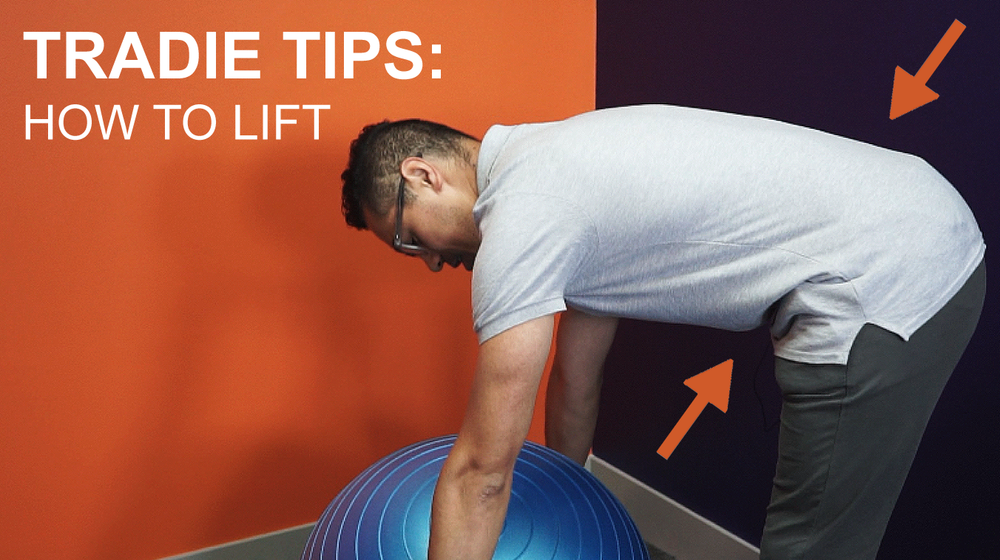Tradie Tips #2 How To Lift
Have you got a stiff back from lifting heavy loads all day? See what Leki has to say to help you get your BACK on TRACK!
Lifting with the proper technique has obvious benefits that help our hard working tradies because it reduces the risk of both short and long-term back injuries.
Whether strength training, lifting weights or carrying heavy loads on the job, your technique is extremely important for your overall health. On the other hand, improper technique can cause muscle strains, tears, serious back problems, joint pain, and much more which can take weeks or even months to heal properly.
Practising proper lifting techniques prevents injury and more importantly, allows your muscles to work harder and ultimately lead to increased overall strength.
Its all about technique!
Make sure you keep a wide base of support. Keep your feet shoulder-width apart, with one foot slightly ahead of the other. This will ensure good, proper balance during your heavy lift.
When you are ready to lift, squat down as close to the object as possible, bending at the hips and knees with your buttocks out.
As you begin your lift upward, it is important to keep good posture. Look straight ahead, keeping your back straight, your chest out, and your shoulders back.
Slowly lift the object by straightening your hips and knees (not your back). Extend your legs and breathe out as you lift. Do not twist your body or bend forward as you lift the heavy object.
Hold the object as close to your body as possible, at the level of your belly button in what we call the ‘Core Zone’. Never lift a heavy object above your shoulders or with your arms extended outward.
To change direction always use your feet taking slow, small steps. Keep your shoulders in line with your hips as you move. Set down the heavy object carefully, squatting with your knees and hips only.
To avoid injury, you should always lift in core zone of the body between mid-thigh and mid-chest height. This zone is where the arms and back can lift the most weight with the least amount of effort. Lifting in this zone also minimises overreaching with the arms and ensures a neutral position during heavy lifts. It also reduces the risk of injury, while also allowing for more efficient and pain-free lifting.

